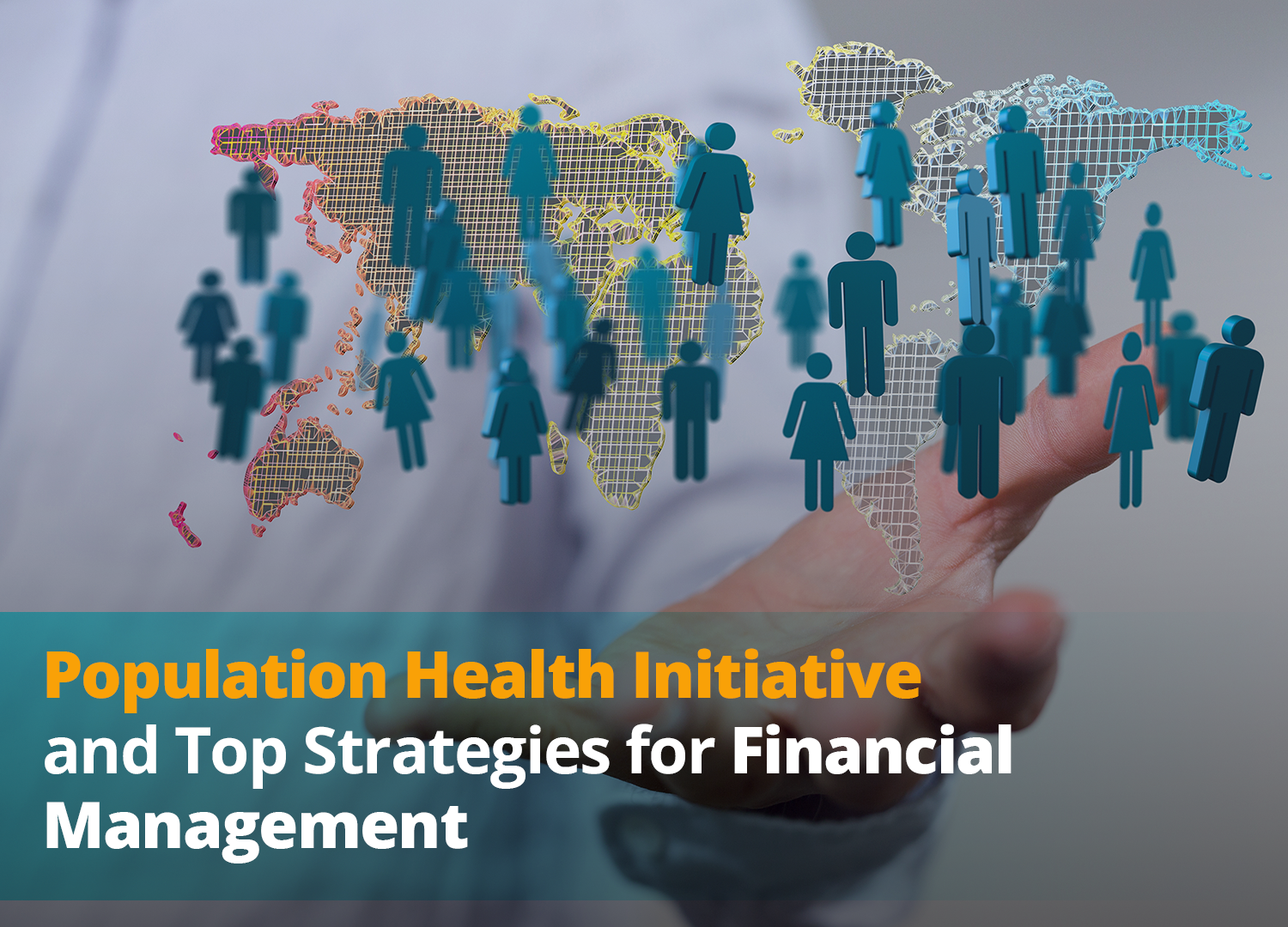
In today’s world, healthcare is not just about treating patients when they’re sick; it’s about keeping entire communities healthy.
It’s a big idea, aimed at improving the health outcomes of people while reducing healthcare costs. But to make this idea work, we need solid financial management.
This is where healthcare providers are stepping into new territory.
Understanding Population Health
Population health is taking care of the health of a whole community or group of people, not just individual patients.
It involves understanding and addressing the wide range of factors that affect health, like lifestyle, environment, and genetics.
The goal is to improve the overall health of the population while managing the costs of healthcare.
The Financial Challenge
Here’s the tricky part: improving the health of a population can save money in the long run, but it requires investment upfront.
This is because healthcare providers need to fund programs that promote healthy lifestyles, prevent diseases, and manage chronic conditions effectively. However, the return on investment can be significant.
For instance, it’s estimated that every dollar spent on preventing diseases can save $5.60 in healthcare costs.
But, healthcare providers often operate within tight budgets.
They need to find smart ways to finance these population health initiatives without compromising the quality of care. This is the new frontier they’re navigating.
Strategies for Financial Management
Following are top recommendations for financial management in population health initiatives.
1. Investing in Preventive Care
Preventive care is about stopping health issues before they start.
Vaccinations, regular health screenings, and education on healthy living are all examples.
By investing in these areas, healthcare providers can reduce the need for expensive treatments later.
For example, a study showed that increasing spending on preventive care by just 10% could save approximately 2% on total healthcare costs.
That might not sound like a lot, but when you’re dealing with billions of dollars, it adds up quickly.
2. Using Data Wisely
Data is a gold mine for population health initiatives.
By analyzing health trends and risks within a population, providers can target their resources more effectively.
This means they can focus on the areas that will have the greatest impact on health outcomes and cost savings.
Data analytics can also aid in identifying patients at the verge of chronic diseases, allowing for early intervention.
3. Partnering with the Community
Healthcare providers can’t do it all alone. By partnering with local organizations, businesses, and government agencies, they can amplify their impact.
These partnerships can provide additional resources and extend the reach of health initiatives.
For instance, a community gym could offer discounted memberships as part of a health promotion program, helping to increase physical activity levels in the community.
4. Embracing Technology
Technology, like telehealth services and mobile health apps, can make healthcare more accessible and efficient.
This is especially important for preventive care and chronic disease management.
For example, telehealth consultations can reduce the need for in-person visits, saving time and money.
Similarly, health apps can help people monitor their health and manage conditions from home.
The Impact
The financial management of population health initiatives is not just about saving money; it’s about creating healthier communities.
The benefits are far-reaching, from reducing the burden of diseases to enhancing the quality of life. Moreover, it makes economic sense.
As healthcare costs continue to rise, focusing on prevention and effective management of health conditions can offer a sustainable path forward.
Consider this: chronic diseases, such as heart disease, diabetes, and cancer, account for 75% of healthcare spending. Yet, all of these conditions are preventable.
By shifting focus towards prevention and population health, healthcare providers can significantly reduce these costs.
The Future
GreenSenseBilling.com, a medical billing and RCM company that provides professional medical billing services for small practices, predicts that looking ahead, the role of financial management in population health initiatives will only grow in importance.
Their CEO says:
‘As healthcare providers become more adept at navigating this new frontier, we can expect to see more innovative approaches to funding and managing these programs. This will require a cultural shift within organizations, embracing risk and investing in the health of their communities.’
Keynote:
The journey towards better population health is a marathon, not a sprint. It requires patience, investment, and a strategic approach to financial management. But the potential rewards—healthier populations and more sustainable healthcare systems—are well worth the effort.
Wrap Up
Managing the money side of population health is a big step forward for healthcare providers. It’s all about being smart today to create a healthier and more cost-effective tomorrow.
Investing in prevention, understanding health trends, working together with the community, and using technology are key.
This journey is not just about saving dollars; it’s about making our communities healthier places to live.
As healthcare providers get better at this, we’re all set to see a future where good health is part of our society, proving that taking care of each other is not only kind but also makes perfect sense.
Interesting Related Article: “Celebrating Nurses: A Global Force for Healthcare on International Nurses Day 2024“

